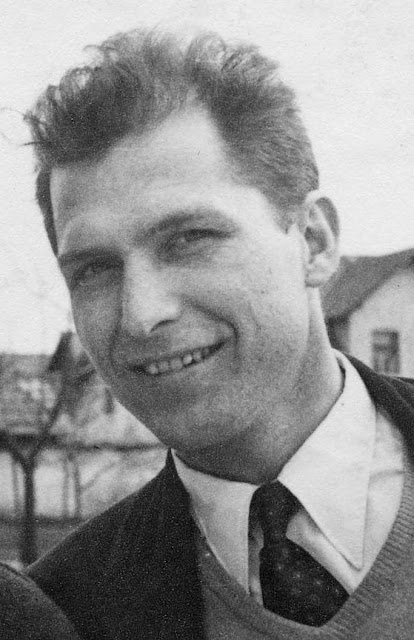Michael Hughey and
Arthur Vidich have edited a masterful collection of essays on ethnic life in America
and the challenges these ethnic groups face in assimilating into American culture. The eleven essays discuss German
immigrants of the 19th century; the Italian American community in New York
City; Irish-Italian “lounge communities” and their unique cultural significance; staged communities such as Sturbridge village
that serve as artifacts of past value systems;
weekend communities created by the routine diaspora from New York City;
the Iranian-American communities since the fall of the Shah of Iran;
Pan-Hispanic communities as an American political phenomena and the Haitian, Grenadian and Hungarian communities and their
community structure. According to Vidich and Hughey, “all these studies are based
on original empirical research and are separate projects of individuals working
on independent research problems. They were undertaken at different times and
with different problems in mind. Collectively, they illustrate some of the
major features of racial, ethnic and urban communities in the United States,
specifically, in the metropolitan regions of America.” The eleven essays illustrate the wide range
of challenges of assimilation that have emerged in a society that is
increasingly accepting a pluralistic cultural foundation.
This book is
no longer in print but is available at nearly two dozen university
libraries across the United States.

















































